Upgrade or sidegrade? The APS-C format has a lot to offer, why not stick with it?
In part 1 of a 3-part upgrade series, we look at the advantages of the APS-C format – get a better camera, not a bigger one!
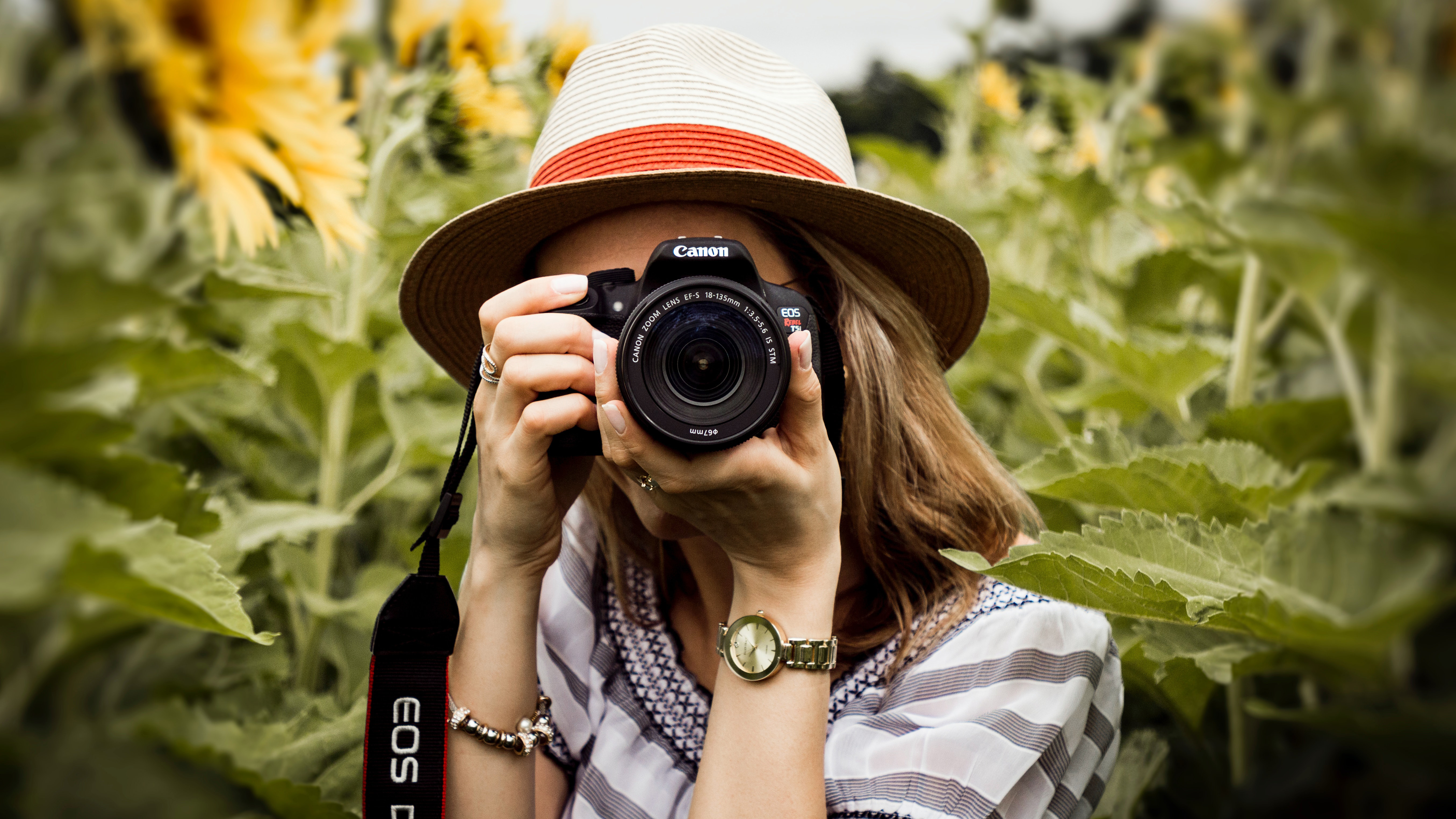
When most photographers think of upgrades, they also think about a swap to a bigger format. If you own an APS-C camera, it makes sense to upgrade to full frame, right? Maybe so – we'll look at APS-C to full frame upgrades in the next instalment. But hold on... not so fast!
It's true that a larger sensor area will almost always have advantages as far as potential image quality is concerned. We’ll further explore the reasons later on, but it’s safe to say that most photographers see a move from an APS-C format camera to a Full Frame model as one to aspire to. This is understandable, but we’d be missing out on many desirable qualities if we were to disregard buying another model with the same sensor format, without consideration. Total resolution and low light performance are only one part of a much bigger picture when it comes to buying a camera.
The APS (Advanced Photo System) was originally devised in the film days, to offer additional features to amateur photographers while also allowing lens design to be more compact and lightweight. There were several types, including “H”, “C” and “P”, and while APS-H digital cameras did exist – notably the Canon EOS 1D range – it has been APS-C (“Classic”) which has become a standard.
Another reason to stay with one sensor format is that in pro photography a second body is essential and being able to swap lenses without compatibility issues is a huge timesaver. Multiple formats introduce complexity and potential stress.
The APS-C format allows for significantly reduced camera body dimensions, while the requirement for a smaller image circle enables lenses to be given a compact design. This can be seen most significantly in wider aperture-fitted optics, such as 70-20mm f/2.8 zooms or the equivalent. On a Full Frame camera such a lens can be a weighty piece of kit, and take up the maximum occupancy of a pro-level camera rucksack, when mounted on a pro body. Meanwhile a 50-150mm f/2.8 APS-C dedicated lens can achieve almost half the weight and two thirds the length, while offering the same effective focal length range. This in turn can enable faster focusing systems, as less power is required to move the smaller glass elements over a shorter travel distance, within the lens barrel.
So while a move to full Frame can be considered a big upward step, don’t forget to check out the higher-end ‘cropped frame’ cameras in your manufacturer’s range. APS-C is no longer considered a budget alternative to Full Frame – indeed companies such as Fujifilm have built their futures around the format. We examine the best options to consider.
APS-C Advantages
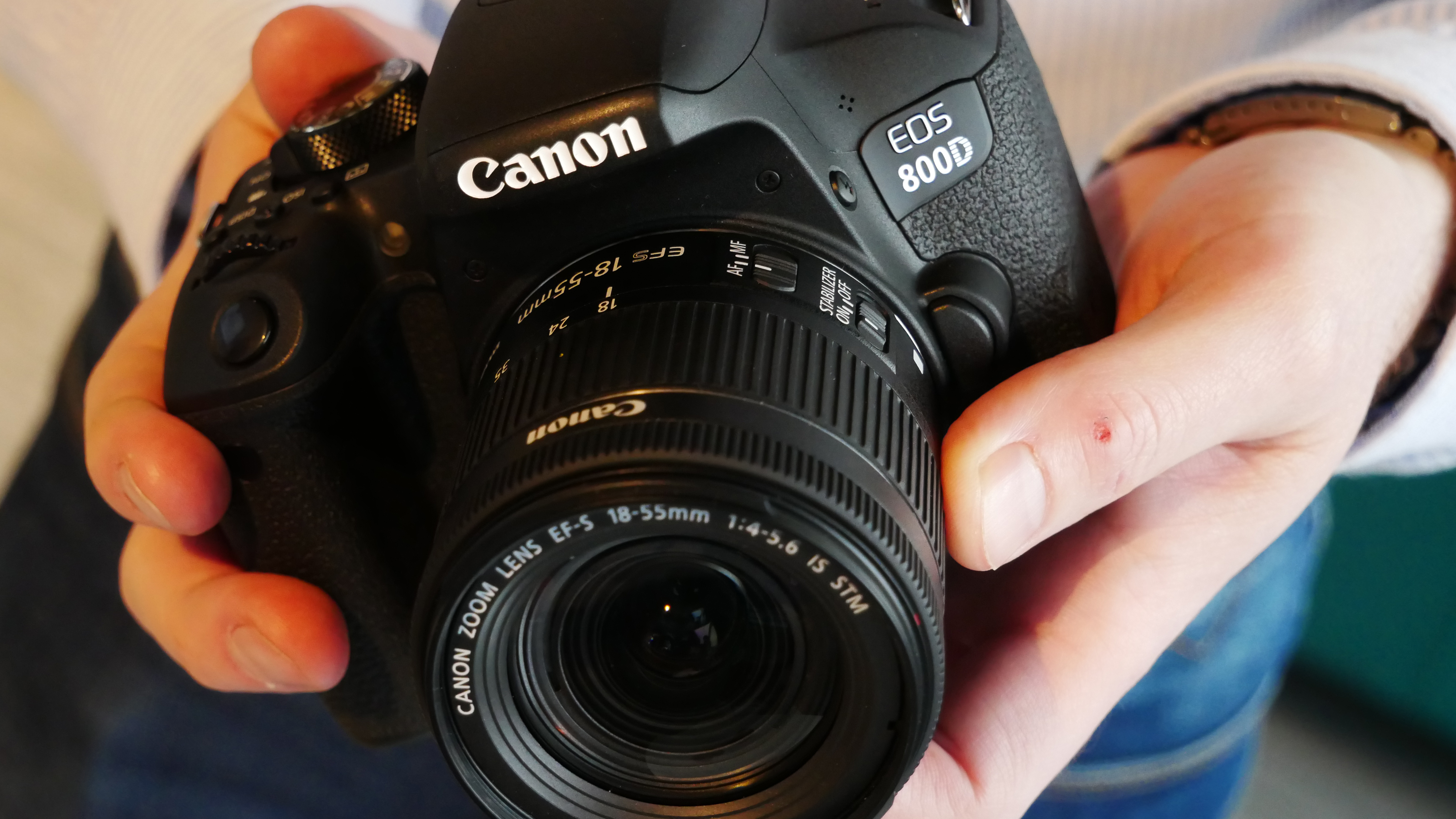
APS-C cameras are more portable
As a simple matter of geometry, a smaller sensor chip takes up less physical space within a camera body and also requires smaller lenses. This makes an APS-C setup more portable, lightweight and therefore great for travel. It also allows you to take multiple cameras (therefore ensuring you have a backup) without needing to take a bigger bag – a huge benefit when flying, for example.
APS-C cameras are less conspicuous
The smaller form factor makes APS-C or Micro 4/3 cameras ideal for street photography, since they are less obviously professional. This attracts less unwanted attention from potential subjects and also thieves. This gives you more natural poses, since people are unaware of you photographing them and you can also feel safer from pickpockets or even being followed back to your hotel by savvy thieves. It can also be useful in museums and public spaces or buildings, where you are less likely to be challenged by security staff asking to see your filming permit.
Get the Digital Camera World Newsletter
The best camera deals, reviews, product advice, and unmissable photography news, direct to your inbox!
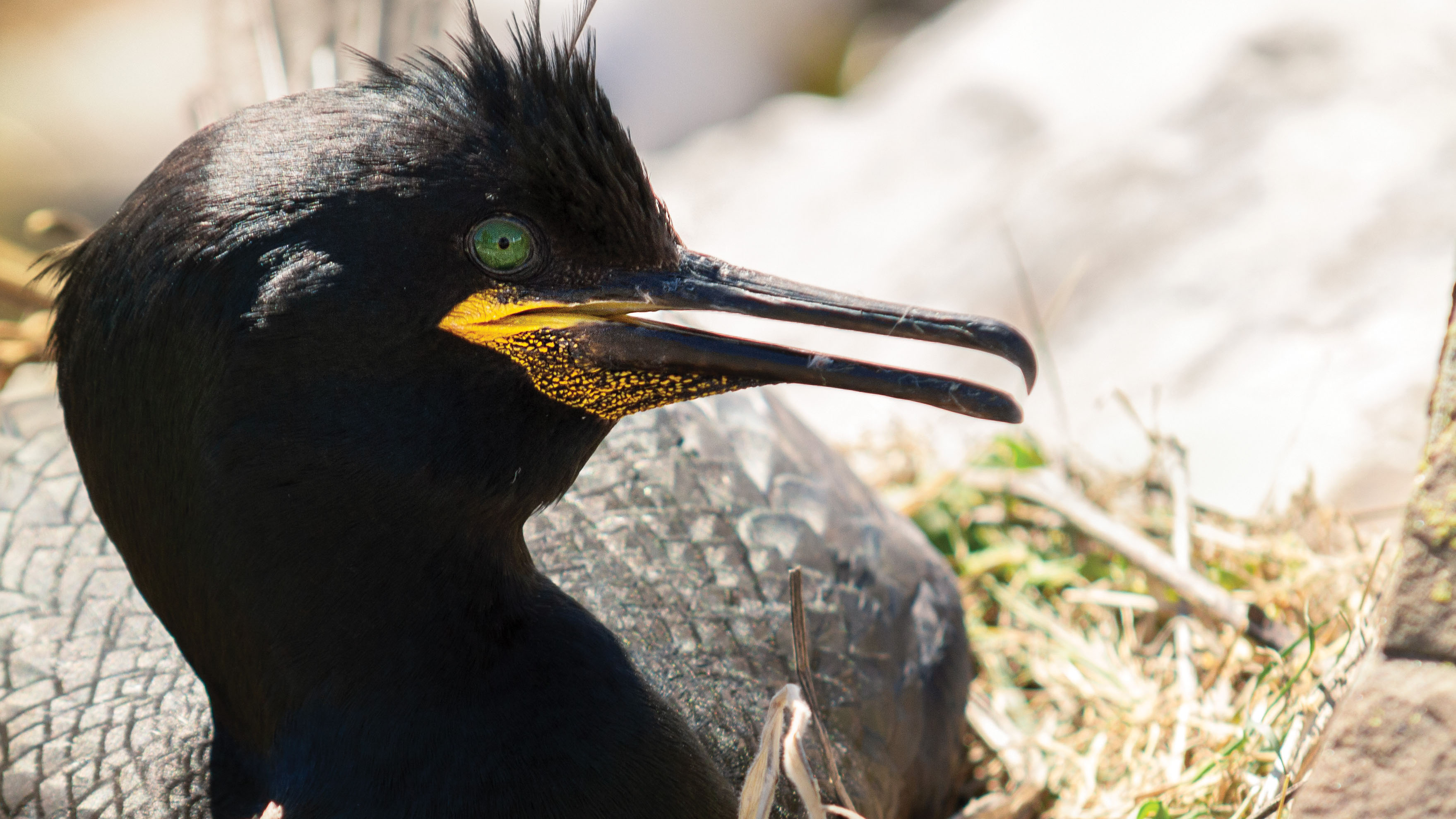
APS-C cameras can offer greater reach for sports and wildlife
Probably the biggest advantage of smaller than full frame sensors is the crop factor. This might be a disadvantage at the wide end, but for wildlife and sports photography it gives you greater magnification from your telephoto lenses. A 300mm lens for example will act as the equivalent of a 450mm optic on a full frame camera, which really helps when isolating subjects in the frame. It also allows you to avoid cropping in software, thereby losing pixels.
APS-C offers more depth of field
The change in depth-of-field and effective focal lengths between APS-C and full frame is quite pronounced, sometimes requiring significant workflow adjustment. This can be an unwelcome additional concern when on a time-sensitive shoot. If you are used to a crop-frame camera then the reduction in DOF from moving up to full frame will likely take you by surprise, since you often have to stop down to around f/14-16 to get similar depth to f/11 on APS-C. Shallow depth of field is cited as one of the big advantages of larger formats – but it can work against you too!
APS-C upgrades
Here is a common switch many photographers will consider today – the move from DSLR to mirrorless. For example, here is the popular Nikon D3500 entry level DSLR, with a similar specification to many cameras in its price bracket, and a good mirrorless alternative, the Z50. We’ve also provided some similar cameras that users of similar models might want to look at.
Nikon D3500
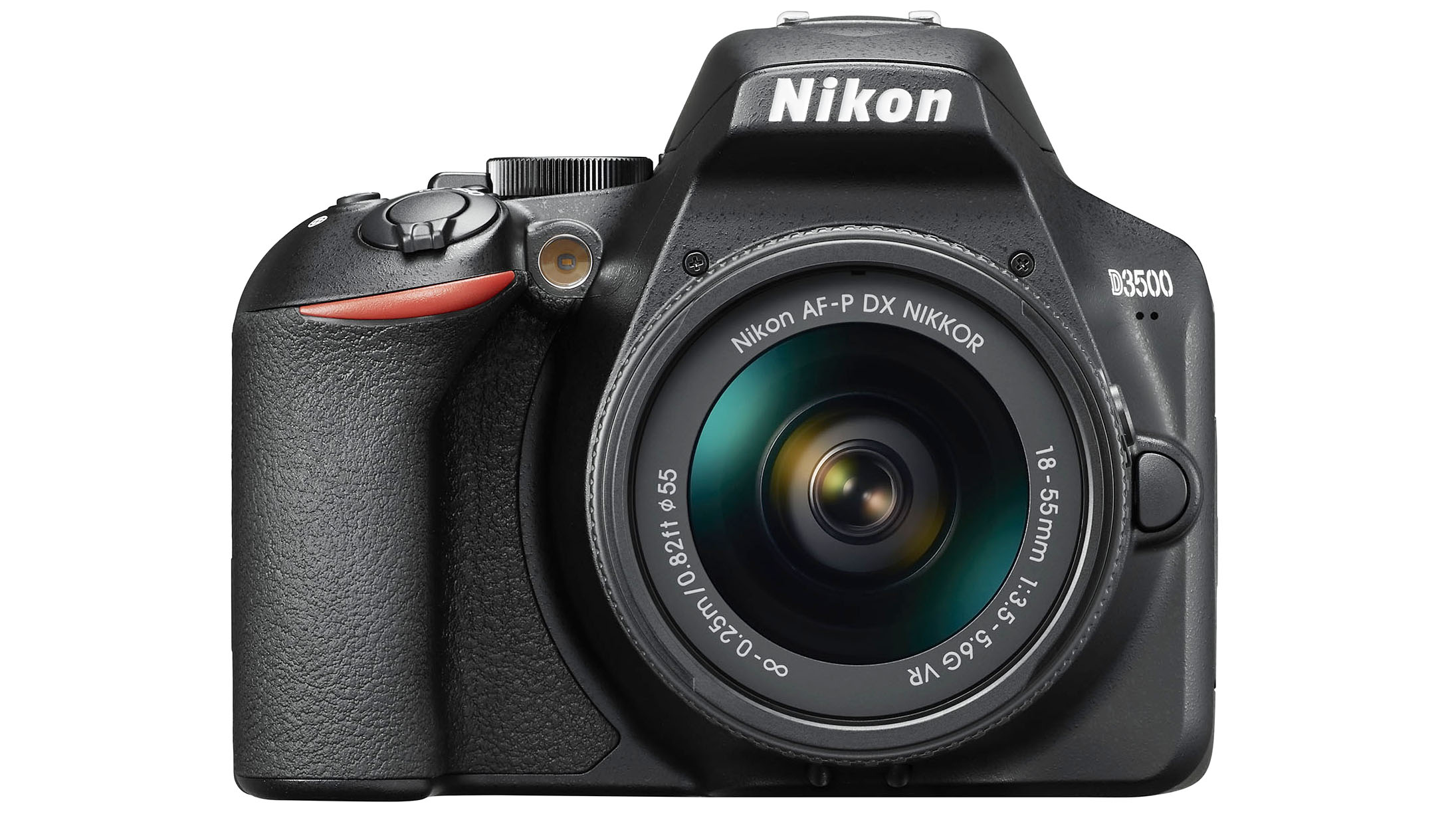
A representative entry-level DSLR camera, the D3500 has a 24.2MP sensor, 5fps continuous shooting, Full HD video capability and a top sensitivity of ISO 25,600. A suitable introduction to photography with which many users will have started their photographic journey.
Nikon Z50
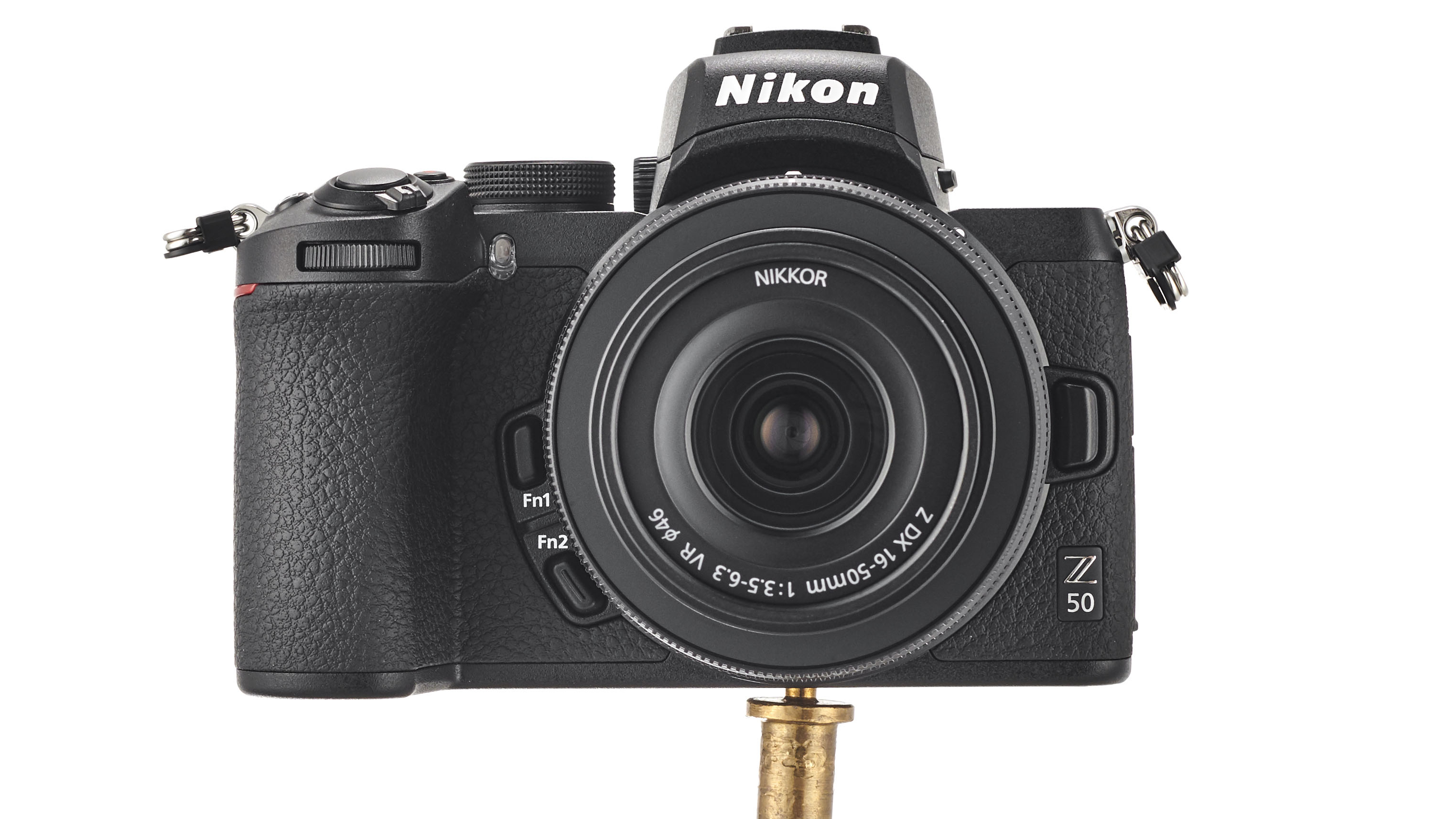
Still considered entry level, the Z50 would make a suitable backup body. It offers a slightly lower resolution of 20.9MP but 11fps and a top ISO of 51,200. It also offers a 100% viewfinder – a big advantage over the DSLR. Furthermore you get 4K video and a true slow motion frame rate of 120fps in Full HD.
Both are APS-C cameras, but the Z50 represents a shift in design, technology and features – including 4K video – that are at least as significant as the size of the sensor.
Similar mirrorless upgrade cameras to consider are the Fujifilm X-T30 II, Canon EOS M50 Mark II, Sony α6400. Very often, you can upgrade your camera to a much more advanced or up to date model from the same range – that way, you can still use all your existing lenses.
Our guide to the best cameras for enthusiasts will offer plenty of ideas, but here's a couple of examples:
• If you have a Canon EOS Rebel or EOS 250D or 800D, what about the EOS 90D? This is another Canon DSLR from the same range, but a huge step up in features, performance and versatility.
• If you love your Nikon D3500 or D5600 but you feel you've outgrown it, the Nikon D7500 and D500 are substantial upgrades that will open up new photographic vistas while still using the same lenses.
• If you have an older Fujifilm X-mount camera, maybe with the 16MP or 24MP sensor, the newer X-S10 or X-T4 will be a major step-change, with in-body stabilization, high-end 4K video features and higher resolution.
Also consider a change of style – rangefinder style
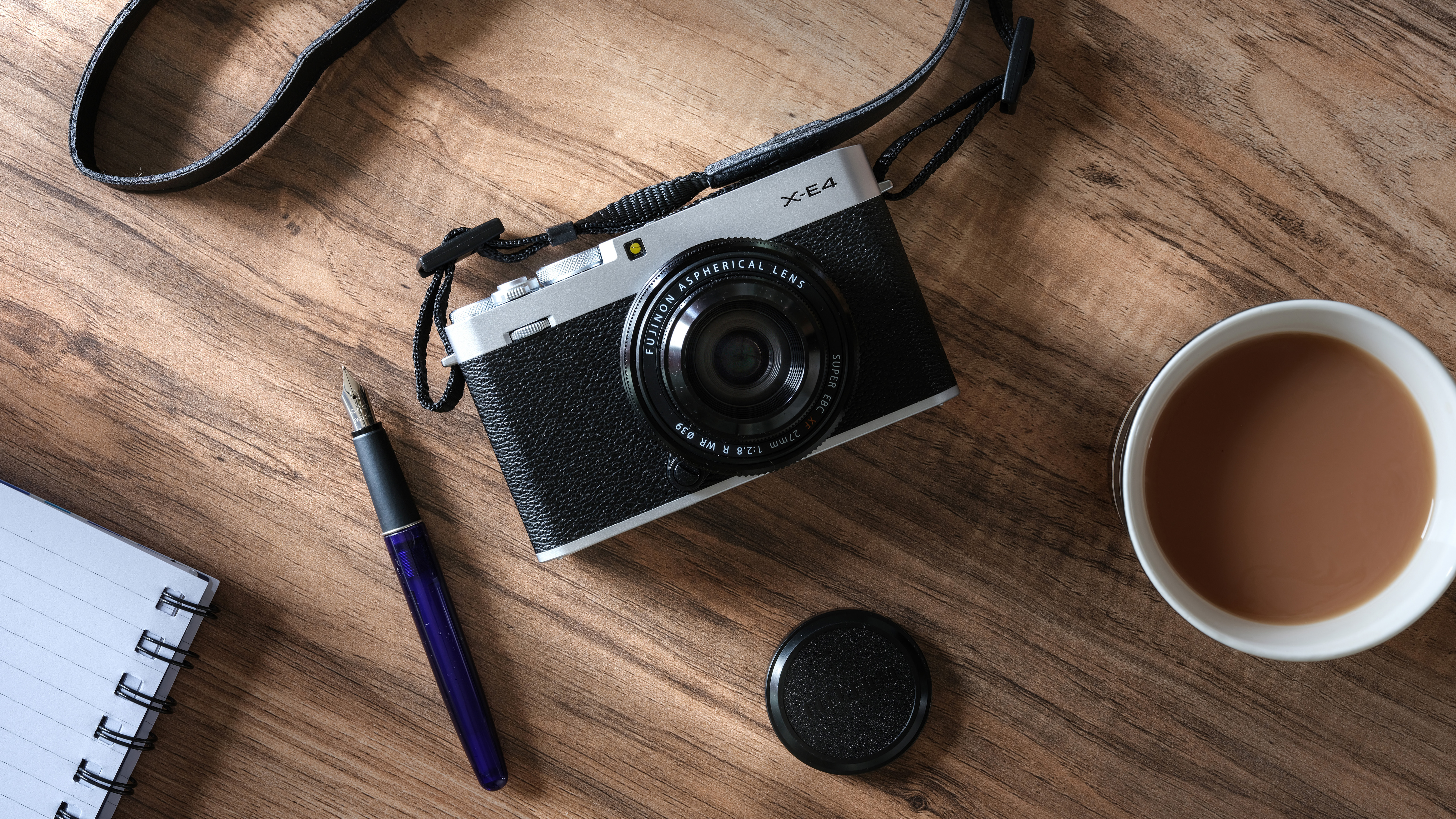
While the rangefinder design is not specific to APS-C, it is where you get the smallest camera dimensions, while maintaining high specification. Several manufacturers offer this type of camera but Fujifilm has arguably embraced it more than any other and have created some true professional options. They might not be true ‘rangefinders’ but the slim form body and minimalist layout make them as collectable as they are portable.
Pros of upgrade: High specification/size balance, reduced dimensions, inconspicuous
Cons of upgrade: Handling challenges, smaller viewfinder
There are two key examples in the Fujifilm range: the excellent little X-E4 and the classically-styled X-Pro3.
Read more:
• The best Canon camera
• The best Nikon camera
• Best Fujifilm cameras
Digital Photographer is the ultimate monthly photography magazine for enthusiasts and pros in today’s digital marketplace.
Every issue readers are treated to interviews with leading expert photographers, cutting-edge imagery, practical shooting advice and the very latest high-end digital news and equipment reviews. The team includes seasoned journalists and passionate photographers such as the Editor Peter Fenech, who are well positioned to bring you authoritative reviews and tutorials on cameras, lenses, lighting, gimbals and more.
Whether you’re a part-time amateur or a full-time pro, Digital Photographer aims to challenge, motivate and inspire you to take your best shot and get the most out of your kit, whether you’re a hobbyist or a seasoned shooter.

